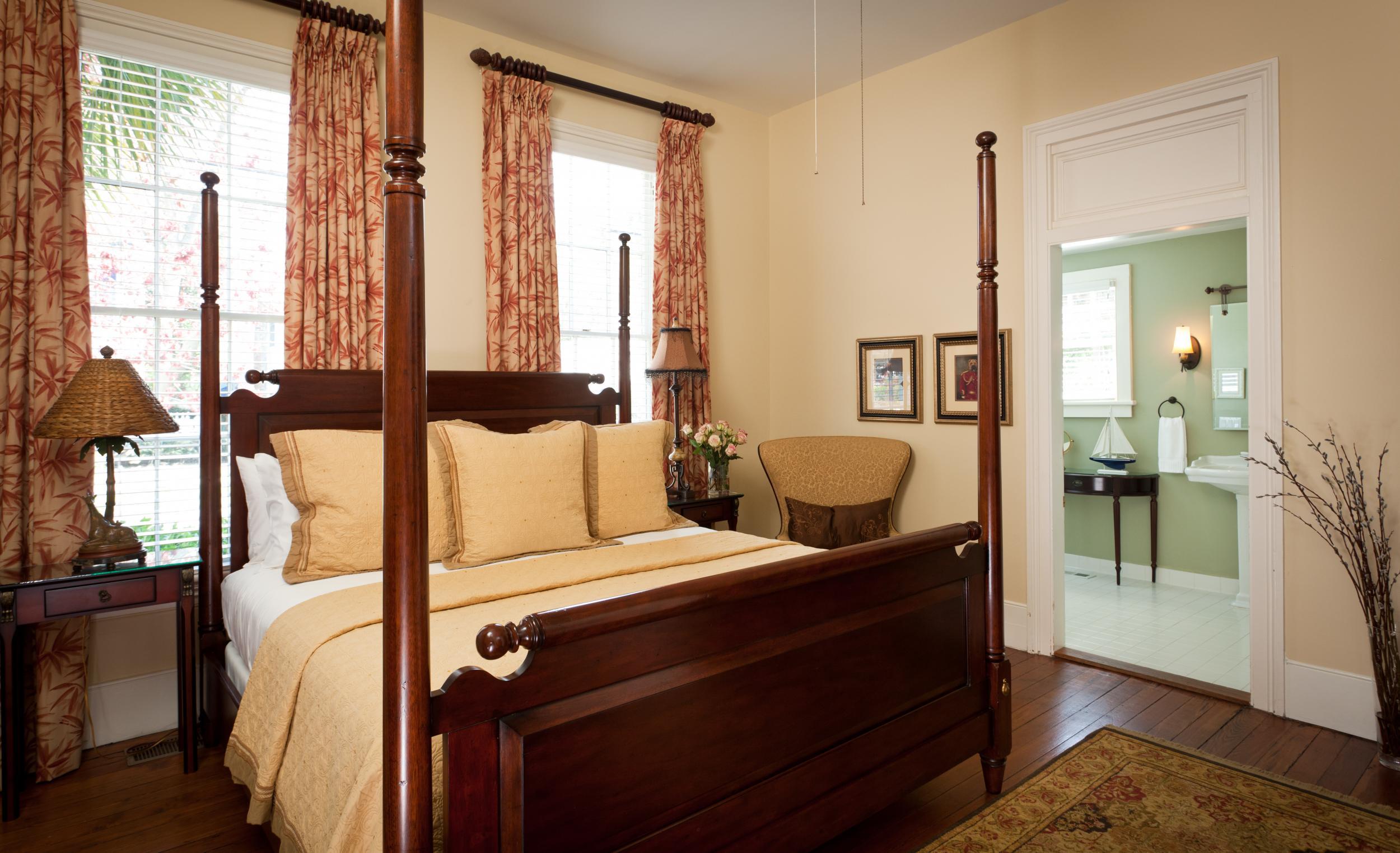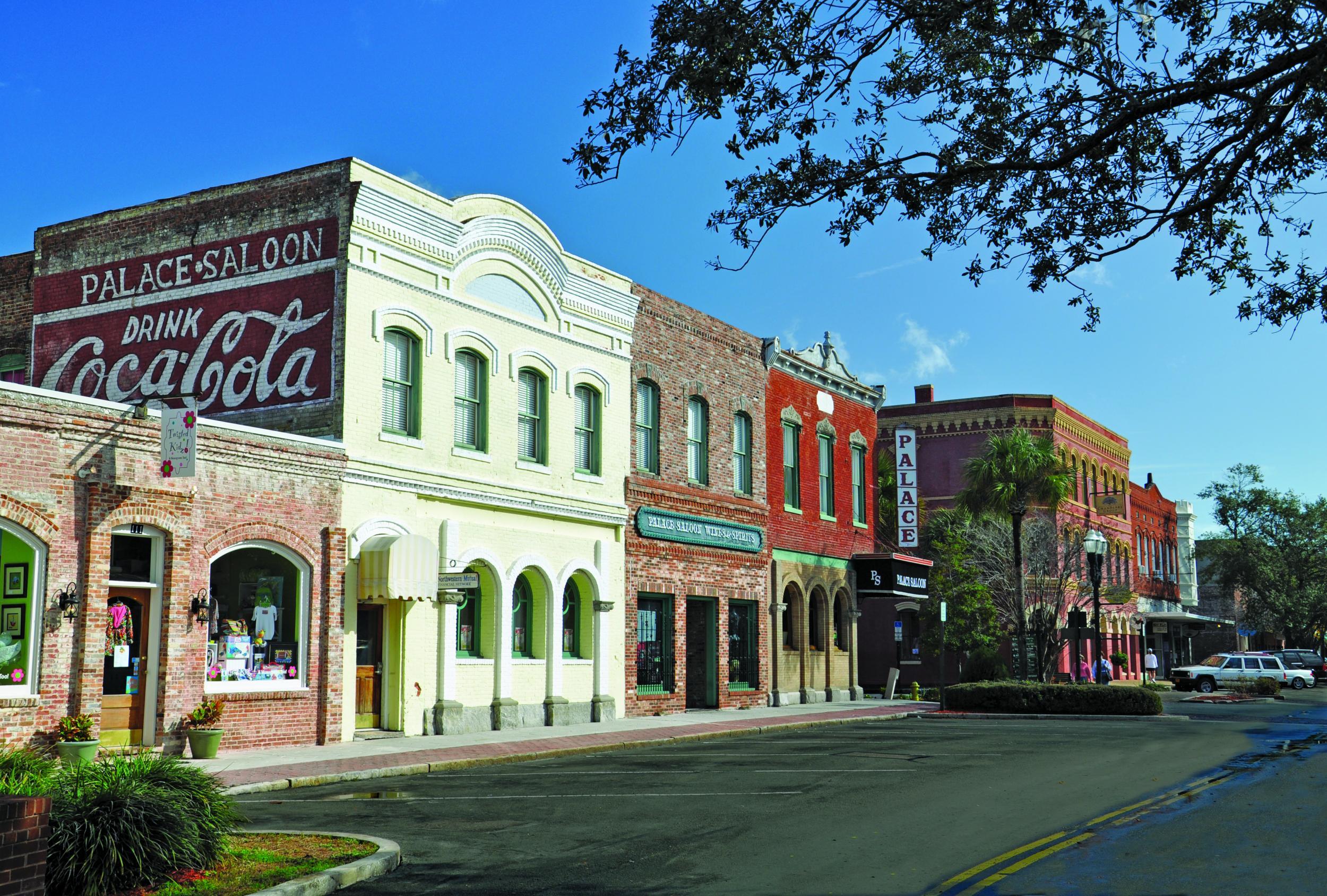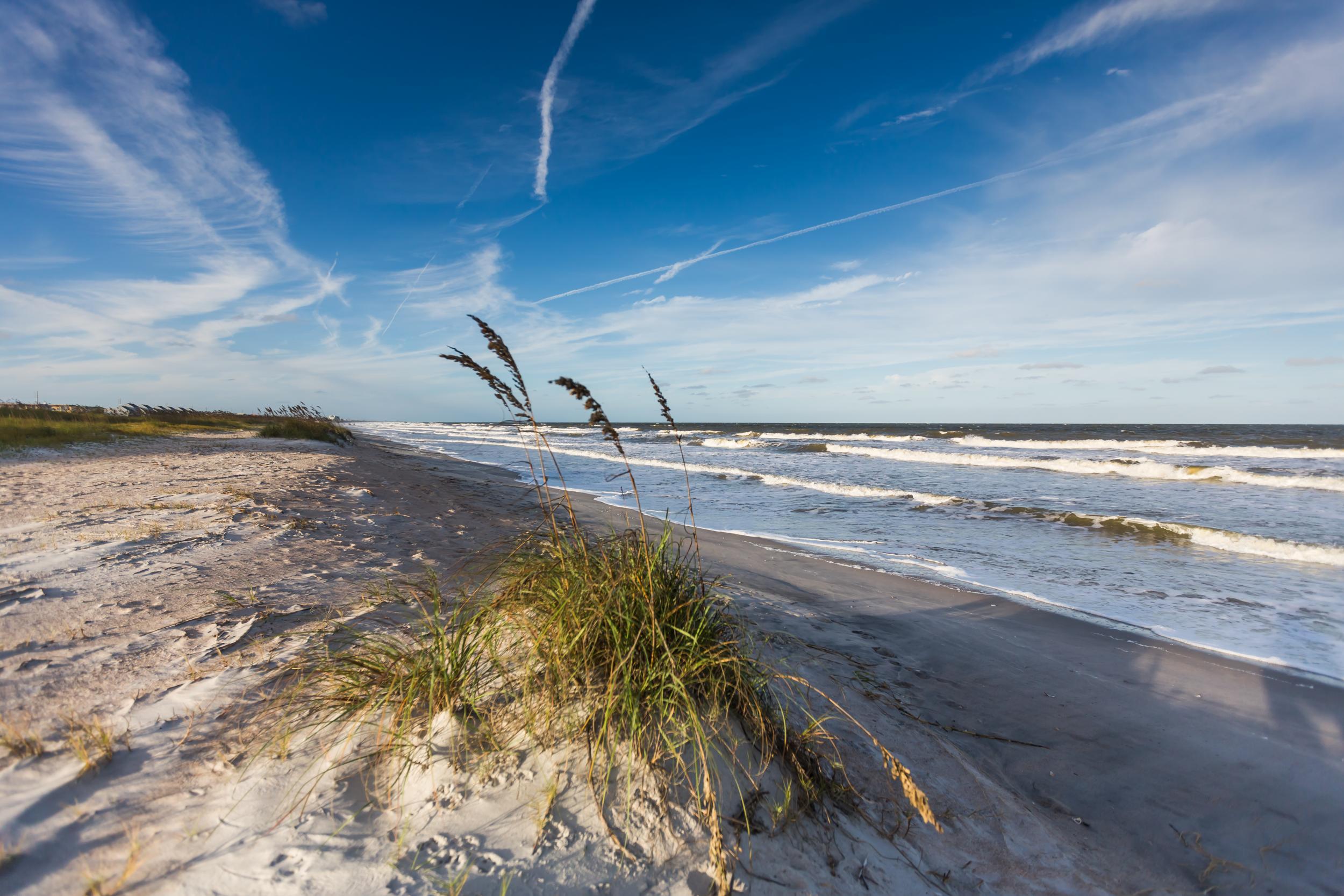Discover the other side of Florida - Amelia Island and St Augustine
In the first of a seven-part series in which Simon Calder travels across the Sunshine State, he begins in its Northern most part and heads down to the first-ever city in the USA
Your support helps us to tell the story
From reproductive rights to climate change to Big Tech, The Independent is on the ground when the story is developing. Whether it's investigating the financials of Elon Musk's pro-Trump PAC or producing our latest documentary, 'The A Word', which shines a light on the American women fighting for reproductive rights, we know how important it is to parse out the facts from the messaging.
At such a critical moment in US history, we need reporters on the ground. Your donation allows us to keep sending journalists to speak to both sides of the story.
The Independent is trusted by Americans across the entire political spectrum. And unlike many other quality news outlets, we choose not to lock Americans out of our reporting and analysis with paywalls. We believe quality journalism should be available to everyone, paid for by those who can afford it.
Your support makes all the difference.In Florida, the far north means Amelia Island, nudging into the Atlantic just below the Georgia state line. The isle measures 13 miles by 2 miles, making it the same size and shape as Manhattan, but rather more relaxed.
The island’s only city, 350 miles up the Atlantic coast from Miami, is Fernandina Beach. It does a good line of B&Bs in historic properties, such as the Addison. The proprietors, Bob and Shannon, are Canadians who came here on vacation in 2007 and were hooked. They sold up and set up at 614 Ash Street. The furnishings in the 14 guest rooms are Old Florida style with four-poster beds and hardwood floors.

Millionaires, smugglers and pirates
In the city centre, the Palace Saloon is Florida's oldest. Millionaires, smugglers and pirates have all raised a glass here. The Palace has been serving drinks almost continuously since 1903; during Prohibition in the 1920s, when alcohol was banned, it sold ice cream, gasoline and cigars. The proprietor is Johnny Miller, who’s also the city’s mayor.

At the far north of the island, the cannons on the rampart of Fort Clinch are testament to the number of flags that have flown over Amelia Island: France, Spain, England, the Patriots, Florida’s Green Cross, Mexico, the Confederates and the Stars and Stripes. The fort is surrounded by a state park and you can rent a bike from Fort Clinch Visitor Centre and cycle through the Maritime Forest Canopy.
If you want to stay in the Sunshine State — and frankly who wouldn’t? — the only way is south, to the place where Florida began.
Due South
Heading south, of course, means taking to the road. Seven days’ hire of a compact car from Jacksonville International Airport costs from £170, or you can upgrade to a Chevrolet Camaro Convertible from £287 with Hertz. Then it’s on to Highway A1A, which is one of my favourite Florida roads, tracing many of the best stretches of the Atlantic shore, and officially known as a “Scenic and Historic Coastal Byway”.
There’s a bonus on the journey south — a ferry ride across the St John's River ($6 cars). The five-minute ferry ride saves a long drive through the city of Jacksonville, and provides an extra dimension to a road trip.
The waterway is Florida’s longest: more than 300 miles long. Yet between the headwaters and its mouth it drops only 30 feet.
South of the river, the road stays close to the ocean, with access to some fine beaches.

Most historians agree that the explorer Juan Ponce de León landed on the coast of Florida on 3 April 1513 and claimed the land he called La Florida for the Spanish King. But they argue about where exactly he came ashore. Some folk are so convinced it was close to Ponta Vedra that they’ve put up a statue to the first European visitor at the GTM Reserve North Beach Parking area
Where it all began
There’s no dispute about where the first colonial city in the present-day US was established: St Augustine. Castillo San Marcos dominates, a response to repeated raids by British privateers such as Sir Francis Drake.
Pirates are a recurring theme in St Augustine. I stayed at the Pirate Haus, which claims to be the only budget accommodation in the downtown St Augustine Historic District.
The artery of that district is St George Street, which is full of history. Florida has had wave after wave of immigration — including, in the late 18th century, a large contingent of Minorcans. Many of them settled in St Augustine, and their traditions continue at the Spanish Bakery at number 42½ St George Street. It serves empanadas, gazpacho and great coffee.
The final attraction in St Augustine, the Fountain of Youth Archaeological Park, is located on the site where the first Spanish settlement was established in 1565. It’s a curious mix of theme park and heritage. The fountain in question rises from the Floridan aquifer, and helped support a robust population of Timucua Indians — and, later, Spanish settlers.
This stretch of the north-east Florida coast has seen plenty of conflict, but now it’s a scene of tranquility — and nature.
Discover more at Visit Florida

